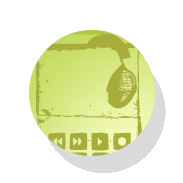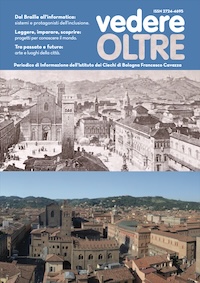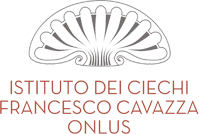February 21 is National Braille Day, commemorating the system that gives the blind access to culture and knowledge.
In 1825, the Frenchman Louis Braille created this system, consisting of 6 dots made by perforating a sheet of paper and contained in a 3x6 mm rectangle, which fits the fingertips perfectly.
The different combinations of the six dots generate 64 symbols that can be used to compose words, numbers and mathematical symbols, musical notes, etc., and therefore achieve the tactile reproduction of different forms of expressive writing.
There were many attempts and experiments seeking a way to allow the blind to access information and culture in order to save them from centuries of poverty. But the various attempts to reproduce traditional letters in relief encountered difficulties in tactile recognition, which made understanding and reading very slow, while the problem of writing by the blind remained unsolved. Louis Braille’s solution solved both problems brilliantly: the 64 symbols were quicky recognizable with a single movement of the finger, which permitted much faster reading and better comprehension. Moreover, once the symbols and combinations of points were learned, they could be reproduced individually with a tablet and punch, which meant that for the first time the blind could write any text.
Now, 200 years later, even with great technological advances, the Braille system remains the fundamental element for the education and self-sufficiency of the blind all over the world. Even if there are tools to access culture and information without difficult transcription of texts, a translation into Braille is still needed for more serious consideration and analysis. From this point of view, all of the positive results achieved with modern technological devices – computers, iPads, cellphones, etc. – are more significant if they can be connected to a Braille display for tactile reading of everything on the screen of the device being used.
The celebration of National Braille Day is an opportunity to reflect on the importance of an essential tool for the full integration and emancipation of all blind people. Those six dots and their combinations have freed them from illiteracy and allowed them to play an active and successful role in society.

There are countless examples, but here I want to remember some of those who came to the Cavazza Institute to learn and who then demonstrated their commitment and education acquired with the Braille system.
The first person to be mentioned is of course Augusto Romagnoli, one of the first blind people in Italy to earn a degree in classical studies, with a dissertation written in Latin at the University of Bologna in 1904; in 1906, he earned his second degree in Philosophy with a dissertation (considered the first tiflological text in Italian) illustrating and rationalizing his course of education. In addition, we have: Paolo Bentivoglio, for many years the Director and National Chairman of the UICI (Italian Union of Blind and Partially Sighted People); Silvestro Banchetti, professor at the University of Bologna and national executive of the UICI; Ernesto Dini, Deputy Prefect and Chairman of our Institute; Enzo Tioli, public school principal and national executive of the UICI; Lucio Carassale, public school principal and key figure in the first admission of blind students to the public schools of La Spezia; Rodolfo Cattani, Chairman of the Regina Margherita Library in Monza and national executive of the UICI; Luciano Paschetta, public school principal and director of I.Ri.Fo.R. and UICI; Francesco Andreoli, public school principal, and Antonio Frau, who led the fight for emancipation of the blind in the late 1960s, and who, after earning a degree in Pedagogy, returned to Sardinia to teach in public schools as well as to create beautiful, handmade artisanal products.
They and many others were educated in our Institute by means of the Braille system and then expressed their abilities and qualities in a wide variety of areas, achieving important levels of personal success and social recognition.
Now, 200 years after the invention of the Braille system, we must continue our work to ensure that it remains acknowledged as the primary tool for the self-sufficiency and success of blind people. We can add all of the updates provided by modern technology, but let’s remember that education, growth, and the possibility to fully express one’s personality in every context and situation are based on the mastery of information tools, on the diffusion of culture, and on direct, unmediated communication: all results that the blind can achieve by knowing and fully using their code for reading and writing – i.e., the system created by Louis Braille.





.png)